The Ultimate Guide to RJ45 Testers: Boost Your Network Efficiency Today!
In today's rapidly evolving digital landscape, network efficiency has become paramount for businesses and individuals alike. As reported by the International Data Corporation (IDC), an estimated 75% of enterprises acknowledge that network downtime directly impacts their bottom line, underscoring the need for effective diagnostic tools. Among these tools, the RJ45 tester has emerged as an essential device for ensuring the integrity and performance of network connections. By accurately identifying wiring faults and connectivity issues, RJ45 testers not only help in maintaining optimal network performance but also play a crucial role in minimizing costly disruptions. With the increasing reliance on high-speed data transmission and the proliferation of IoT devices, utilizing an RJ45 tester can lead to significant enhancements in network reliability and operational efficiency, making it an indispensable tool in any networking toolkit.
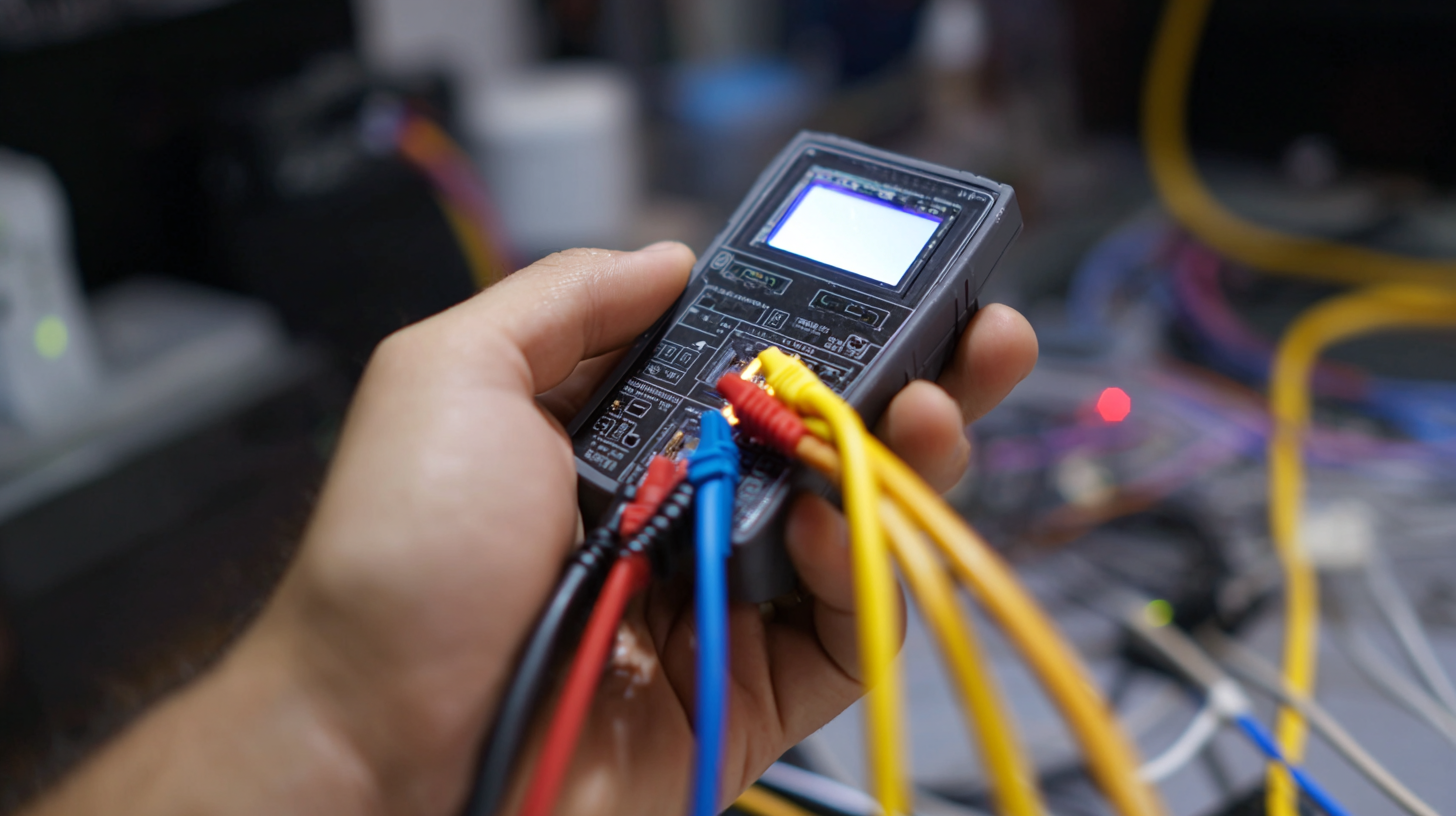
Understanding RJ45 Testers: What They Are and How They Work
RJ45 testers are essential tools for network professionals, allowing for efficient connectivity validation and troubleshooting within Ethernet networks. Understanding how these testers operate is crucial for maintaining optimal network performance. Fundamentally, an RJ45 tester checks the integrity of the wiring in network cables, ensuring that signals are accurately transmitted and received. By systematically testing each pin for continuity, short circuits, or improper connections, these devices provide real-time feedback on cable quality.
Recent industry reports indicate that the demand for network testing equipment has surged alongside the rapid expansion of IT infrastructures. In fact, the global market for network testing tools is projected to grow at a compound annual growth rate (CAGR) of 6.8%, driven by advancements in technology and an increasing reliance on cloud-based services. Utilizing an RJ45 tester not only increases the reliability of connections but also reduces downtime, effectively boosting overall network efficiency. With features like automated fault detection and reporting, these testers empower IT professionals to maintain high standards of service and swiftly tackle issues that may arise in complex network environments.
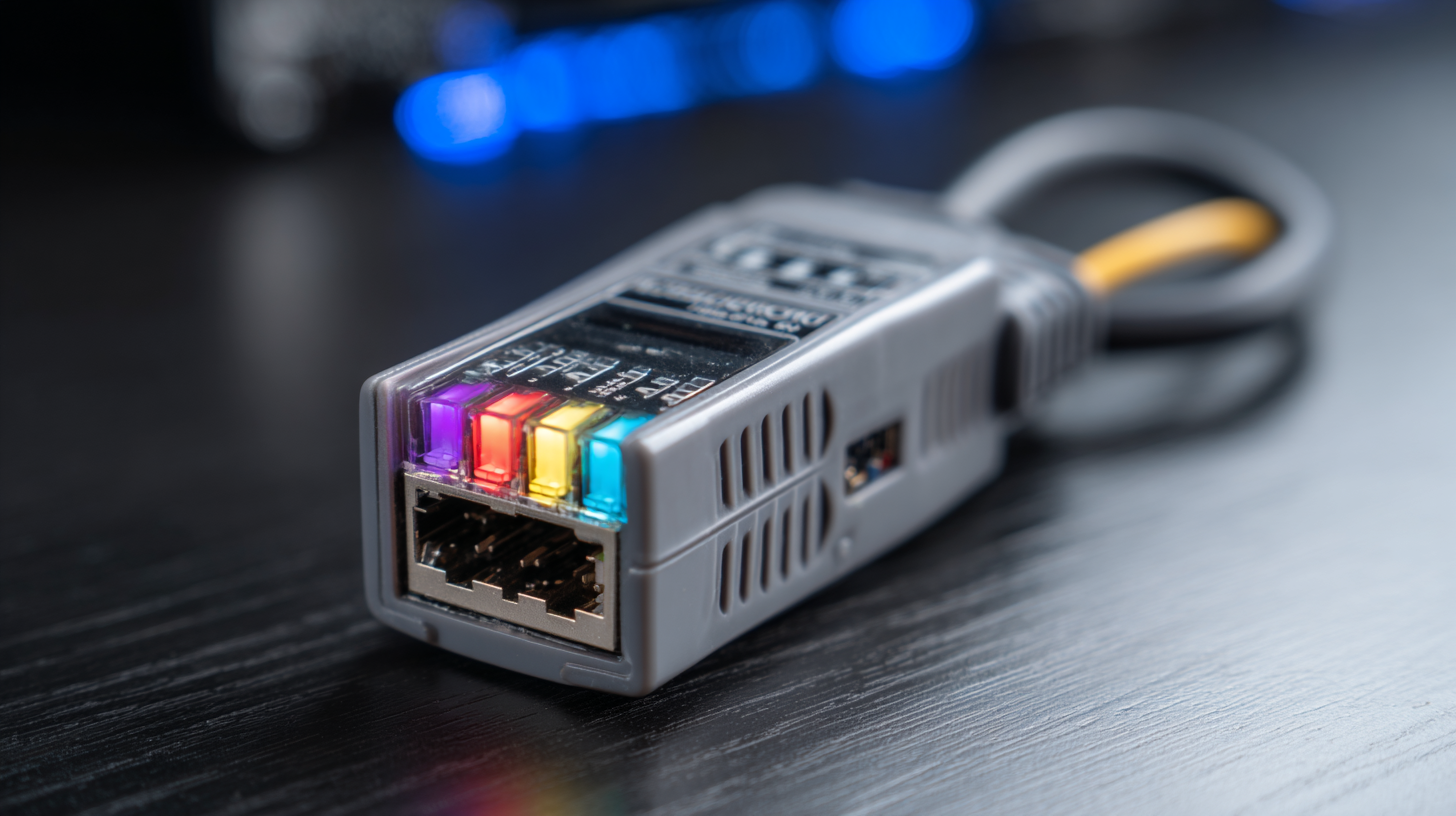
Essential Features to Look for in High-Quality RJ45 Testers
When selecting a high-quality RJ45 tester, several essential features should be at the forefront of your decision-making process. First and foremost, a good tester should provide comprehensive cable testing capabilities, including continuity, pinout mapping, and length measurement. This ensures that any issues with Ethernet cables can be efficiently identified and rectified, enhancing your overall network performance.
Another important consideration is the versatility of the device. The best RJ45 testers not only check standard Ethernet cables but also support various connectors and protocols. Features like remote testing capability and the ability to test multiple cable types can significantly streamline the troubleshooting process, making them invaluable for both home and professional use. For instance, a well-reviewed tester that balances user-friendliness with advanced functionality can be a game changer in ensuring your network's optimal efficiency and reliability.
Comparative Analysis: Leading RJ45 Testers on the Market in 2023
In the rapidly evolving world of network technology, the significance of RJ45 testers cannot be overstated. As 2023 ushers in a plethora of advanced testing tools, a comparative analysis of leading RJ45 testers on the market reveals critical insights for enhancing network efficiency. These testers serve as essential devices for network professionals, ensuring the reliability and performance of network connections. The competition among manufacturers has led to innovations that not only improve diagnostic capabilities but also integrate user-friendly interfaces, making them accessible to both seasoned technicians and newcomers alike.
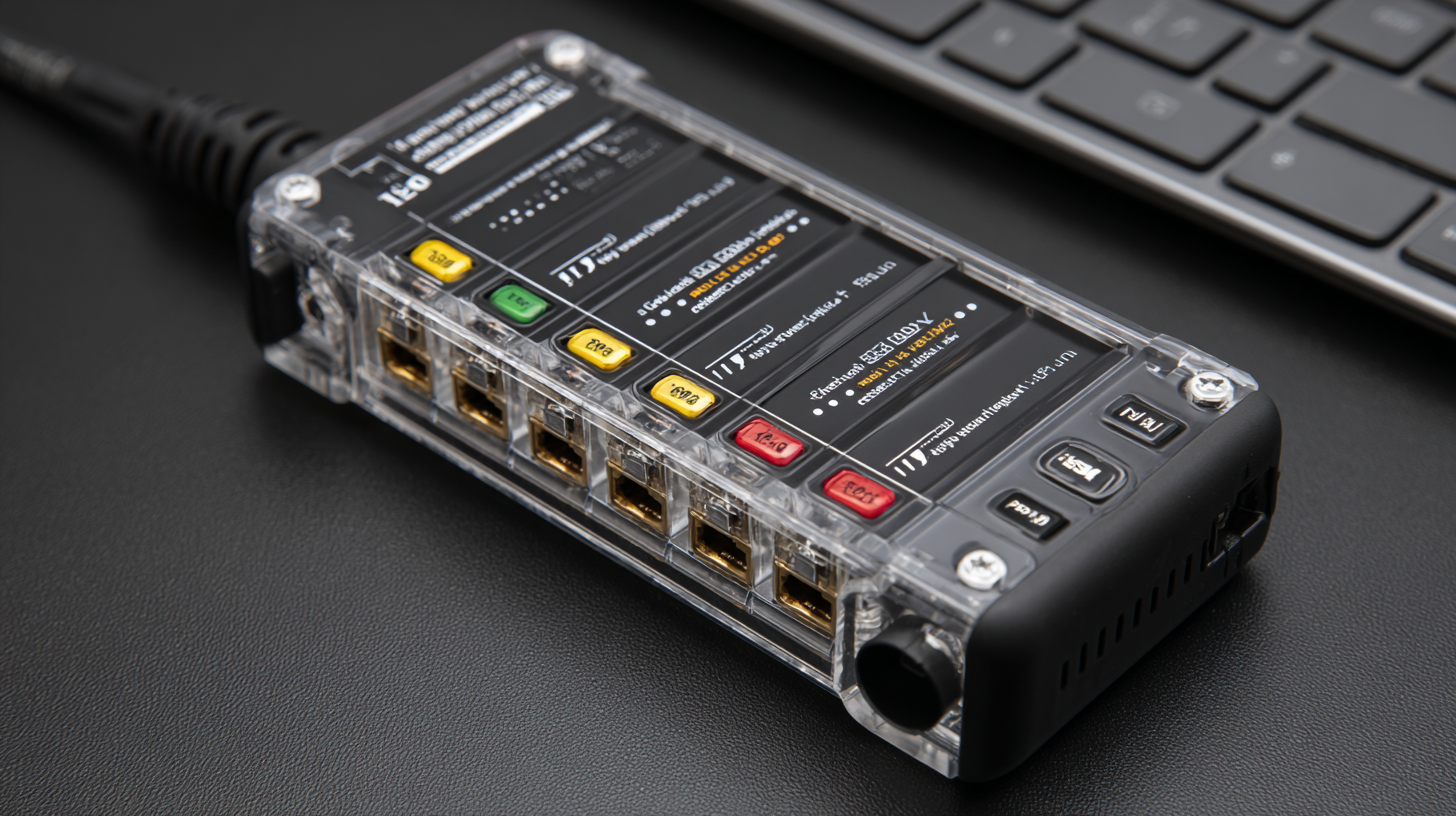
The comparative analysis highlights key features such as speed, accuracy, and additional functionalities like cable mapping and PoE testing across various RJ45 testers. Users can evaluate different models based on these parameters to find the best fit for their specific needs. The ability to reliably test network cables and connections not only reduces downtime but also optimizes overall network performance, cementing the role of RJ45 testers as foundational tools in any network-centric operation. As businesses strive for increased efficiency, selecting the right RJ45 tester becomes a strategic decision that can influence network reliability and operational success.
Step-by-Step Guide to Using RJ45 Testers for Optimal Network Performance
When it comes to optimizing network performance, utilizing RJ45 testers is crucial. These devices play a vital role in diagnosing connectivity issues, ensuring that cables are correctly wired, and confirming that networks are functioning at peak efficiency. According to a report by the International Telecommunication Union, nearly 70% of network problems originate from faulty cabling. By using an RJ45 tester, network administrators can not only identify issues like miswiring and short circuits but also prevent future disruptions.
The step-by-step guide to using RJ45 testers involves several key processes. First, connect the tester to both ends of the Ethernet cable and power it on. The device will perform diagnostics, displaying results that indicate the integrity of the connection, including pinouts and signal quality. A comprehensive study from the IEEE reports that organizations can reduce network downtime by up to 50% with effective cable testing. By following this structured approach, users can swiftly rectify problems and enhance overall network reliability, ultimately leading to improved productivity and reduced operational costs.
RJ45 Tester Performance Metrics
Maximizing Network Reliability: Data on Common RJ45 Cable Issues and Solutions
RJ45 cables are crucial for establishing reliable network connections, but they often face common issues that can compromise performance. One prevalent problem is wiring faults, such as incorrect pin arrangements or breaks within the cable. These inconsistencies can lead to signal degradation, resulting in slow data transmission and connectivity interruptions. Regular testing with an RJ45 tester can help identify these wiring faults, ensuring that your network setup performs optimally.
Another common issue is interference from external sources, including electromagnetic interference (EMI) and crosstalk between adjacent cables. This can cause data loss or erratic behavior in network performance. To counteract these issues, using shielded RJ45 cables or maintaining proper cable management practices can significantly enhance reliability. Testing tools designed for RJ45 cables can effectively measure whether the installed cables meet the necessary standards and identify areas susceptible to interference. By proactively managing these common RJ45 cable issues, network administrators can boost overall network efficiency and reliability.
The Ultimate Guide to RJ45 Testers: Boost Your Network Efficiency Today!
| Issue | Description | Solution | Typical Causes |
|---|---|---|---|
| Intermittent Connection | Connection drops sporadically during use. | Inspect connectors; replace faulty cables. | Loose connections, damaged cables. |
| Slow Network Speed | Data transfer rates are below expected levels. | Test cables with a quality RJ45 tester; consider upgrading cables. | Outdated cables, interference. |
| No Connection | Device cannot connect to the network at all. | Check all connections; replace cables if necessary. | Severed cables, incompatible devices. |
| Signal Loss | Weak signal causing degraded performance. | Ensure correct cable lengths; eliminate interference. | Long cable runs, near electrical equipment. |
| Cable Faults | Physical damage or manufacturing flaws in cables. | Use RJ45 tester for diagnostics; replace damaged cables. | Poor handling, accidental cuts. |
Related Posts
-

How to Select the Best RJ45 Cable Tester for Your Networking Needs: A Comprehensive Guide
-

Understanding the Consequences of RJ45 Tester Misconfigurations in Network Performance
-
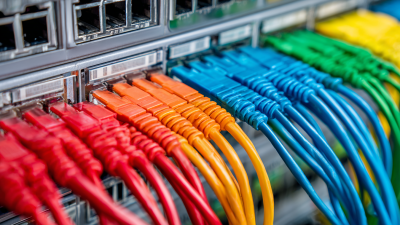
How to Build a Reliable Network with Fiber Optic Connections
-

Unlocking Growth: Structured Wiring Trends and Insights for the 138th Canton Fair 2025 in China
-
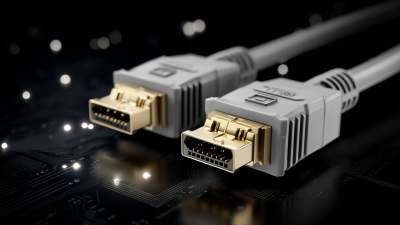
Revolutionizing Ethernet Connectors Industry Insights from the 138th Canton Fair 2025
-
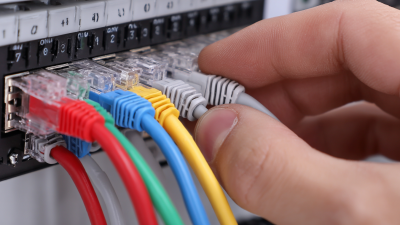
Understanding RJ45 Wiring Types and Their Applications in Modern Networking






